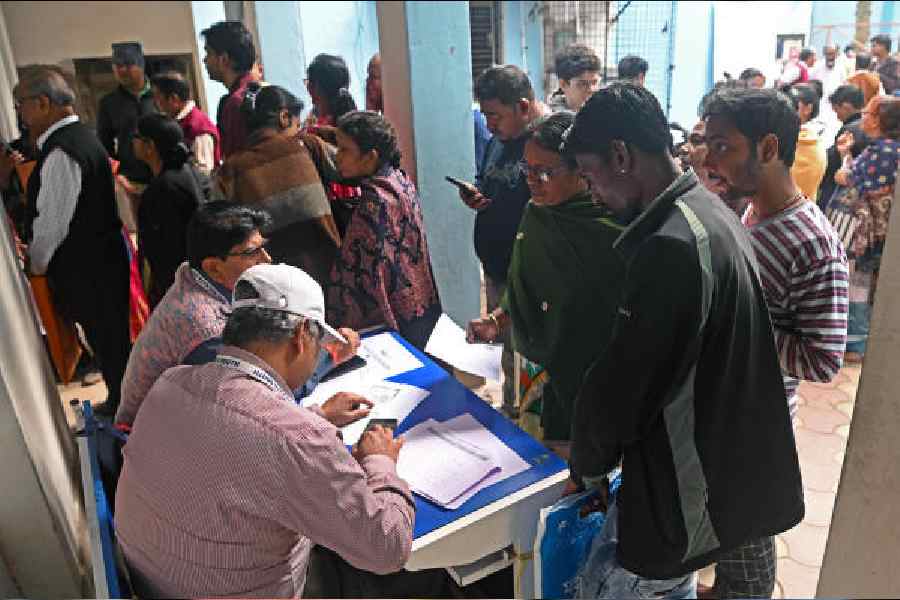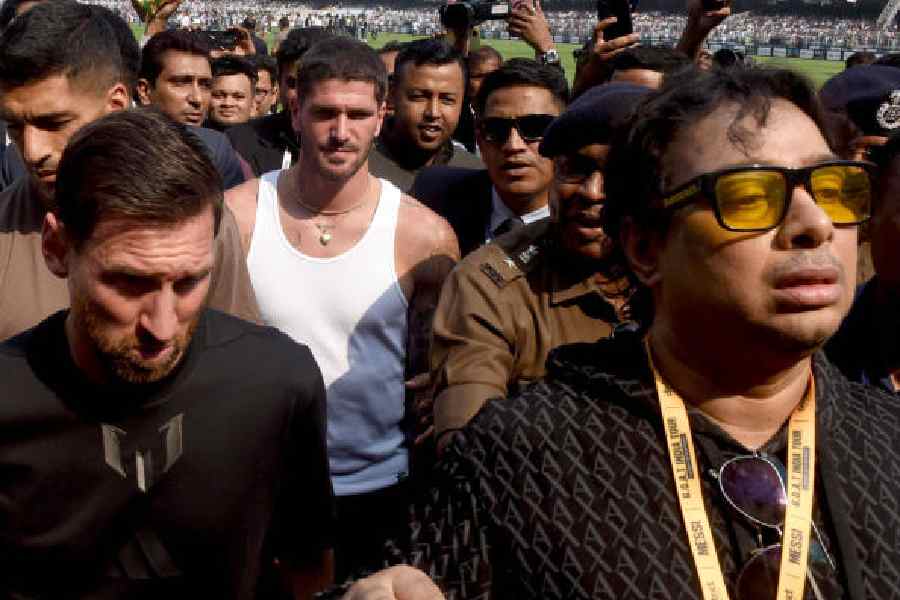The large number of deaths of climbers on Mount Everest this season is not solely because of the “traffic jam” on the world’s highest peak, the Nepal government claimed on Thursday, citing factors like high altitude sickness, other health reasons and adverse weather.
The number of deaths on Everest was put at 11 by the international media, making it the deadliest season since 2015. However, the Nepal tourism ministry said the toll at nine.
Four Indians died on the 8,848-metre high Everest and two each died on Kangchenjunga and Makalu, bringing the total death toll of Indian climbers in the Himalayas to 8.
“Our attention has been drawn to the wrong information about deaths on Everest conveyed by national and international media,” said Dandu Raj Ghimire, director general of the department of tourism (DoT), adding that “traffic jam” did not cause the deaths.
A traffic jam occurs when many climbers vie for the summit at the same time, and can be dangerous above 8,000 metres, known to climbers as the “death zone”.
The DoT’s statement has come at a time when it is facing immense criticism for issuing too many permits to scale the peak while disregarding the safety of the climbers, reports The Himalayan Times.
According to Ghimire, the post-mortem reports of the deceased climbers have shown that they died due to high altitude sickness, weakness or adverse weather conditions.
In the statement, the DoT has stated that it had issued 366 expedition permits in 2017 and 346 expedition permits in 2018 — not a huge difference compared to 381 permits issued this year for the highest peak.
“Hence, it untrue that congestion killed climbers on Everest and we urge everyone not to be swayed by false information,” the statement added.
Ghimire also expressed his dissatisfaction at the dissemination of such “wrong” information in the international media.
“Such false news tarnishes our image and affects our mountaineering sector.”










